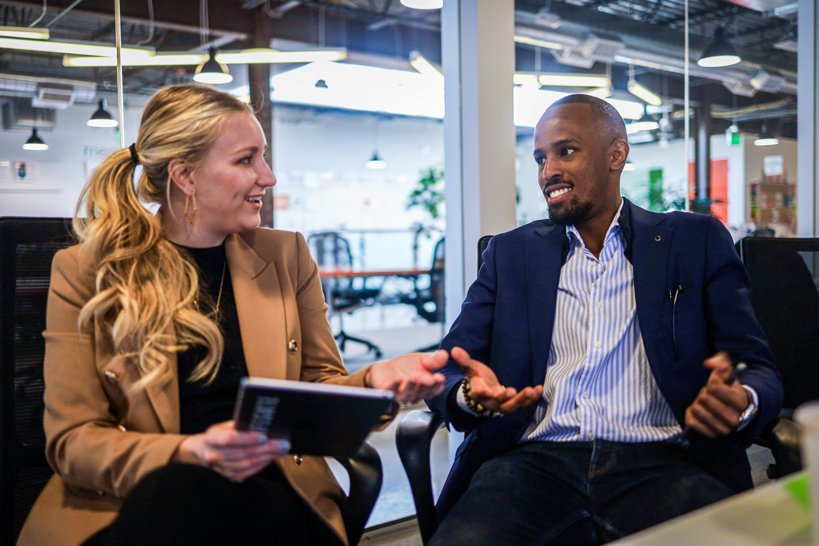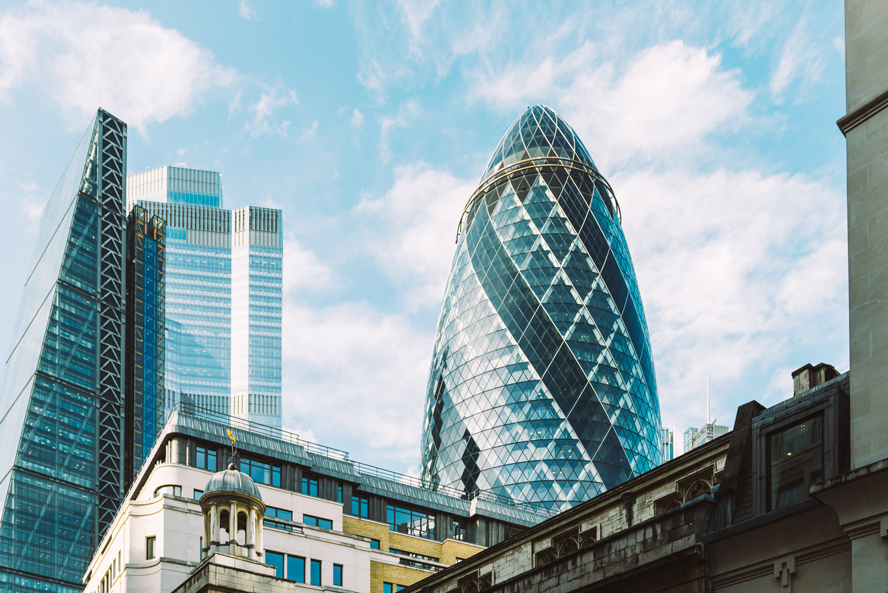Walk into our serviced offices in London and Manchester and you’ll find yourself in modern, spacious surroundings with ergonomic furniture and plenty of natural light – but offices haven’t always been this way.
Movies and TV shows provide a visual history of how office space has changed over the decades, according to an article in the journal Megaron, charting the trend towards many of the features found in modern-day serviced offices.
The authors from Abdullah Gul University in Turkey look at how film and television portray offices from different time periods, as a way to identify the features of those eras, as well as to predict the future needs of a more flexible and mobile workforce.
The emergence of office space
Offices have existed for centuries but early examples were very large buildings often used for government, administration or as large company headquarters.
As the Second Industrial Revolution progressed into the 20th century, a wider range of businesses began to take up office space, driven by the rise in white-collar workers.
Early offices were often very large and open-plan, designed for easy observation by managers, and had few personal belongings on individuals’ desks.
By the 1960s, this had started to change. The TV series Mad Men, set in 1960s America, features smaller offices, separated by partitions, with many more personal possessions on show.
Modern serviced office space
Small cubicles became a feature throughout the 1980s-90s, as shown in the movie Office Space in 1999, but since the start of the 21st century, this has changed significantly.
The researchers note the 2002 film 40 Days and 40 Nights, which takes place in a renovated office building with modern furniture, kitchen facilities and comfortable seating areas.
In 2015, The Intern depicted an open-plan office with no partitions between employees, and even allowed people to work in different parts of the office on portable laptop computers – something that was not possible during the 20th century.
“Under the influence of the technological developments of the 2000s, employees can work in various places inside or outside the office, thanks to their laptops,” the researchers note.
“The workspace has become a comfortable space like home, in order to provide a sense of belonging,” they add.
Serviced office space for the future
The article is particularly relevant in light of the recent Coronavirus outbreak, which has forced many more people to work flexibly and from home, an overnight trend that is unlikely to reverse fully in the years to come.
But even as the COVID-19 pandemic fades, serviced office space will continue to provide the kinds of facilities – comfortable, well-equipped offices, convenient kitchen areas, meeting rooms for hire and chill out rooms – that have been on-trend throughout the past one or two decades.
As we move into the future together, the flexibility of serviced offices will also mean workplaces can adapt more quickly to emerging trends and technologies.
We don’t know where this will lead over the next 10-20 years, but we will continue to ensure our serviced offices in London and Manchester offer the very best fixtures, fittings and workspace for all our customers.



